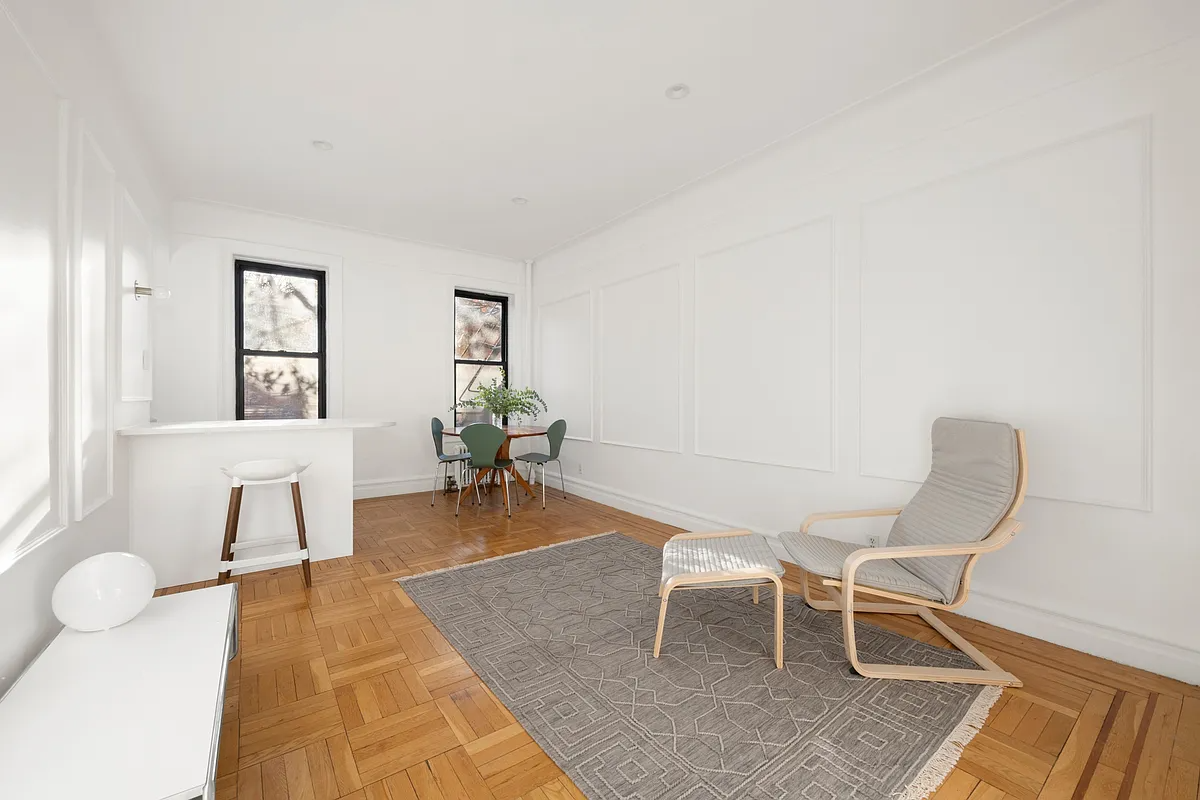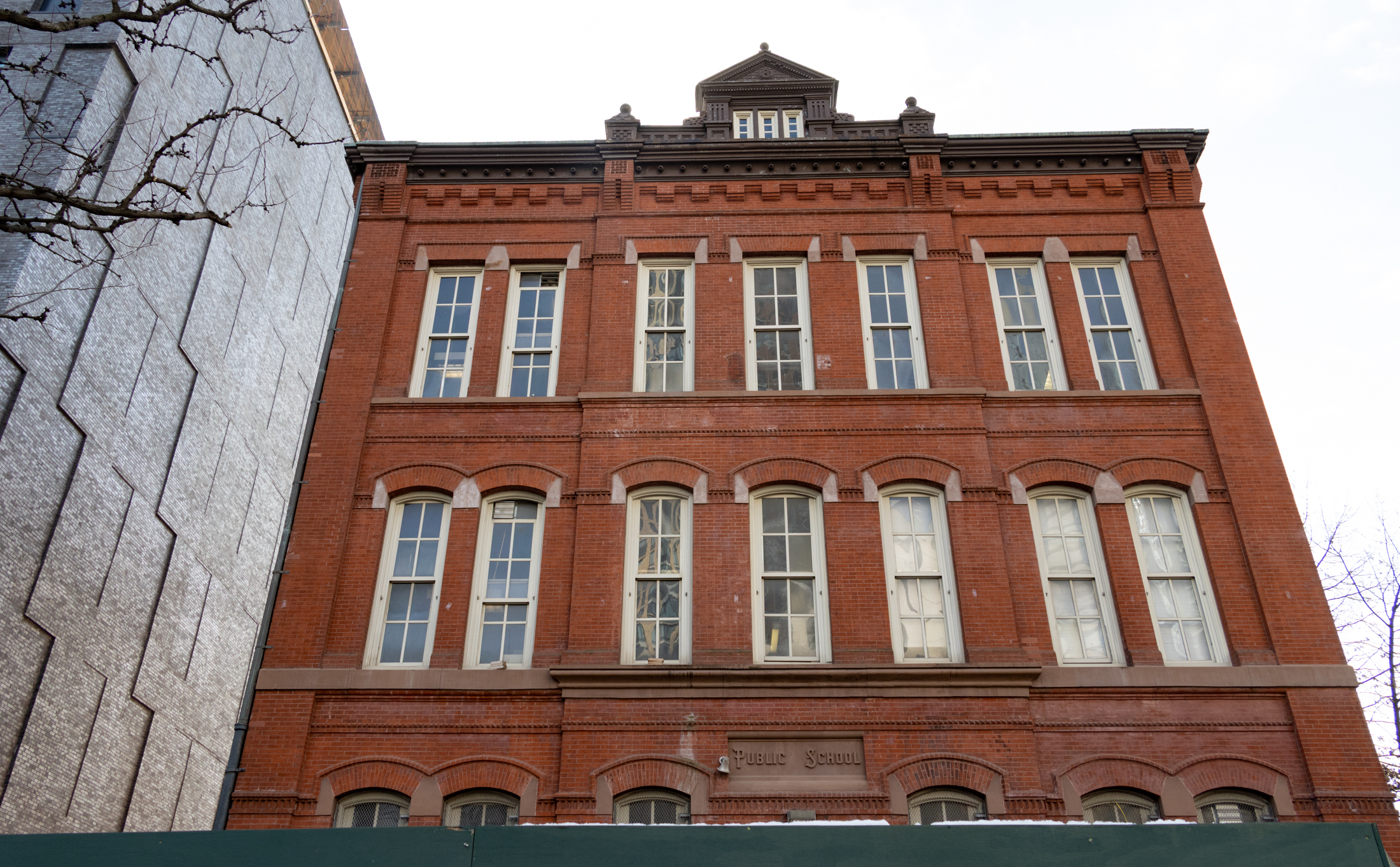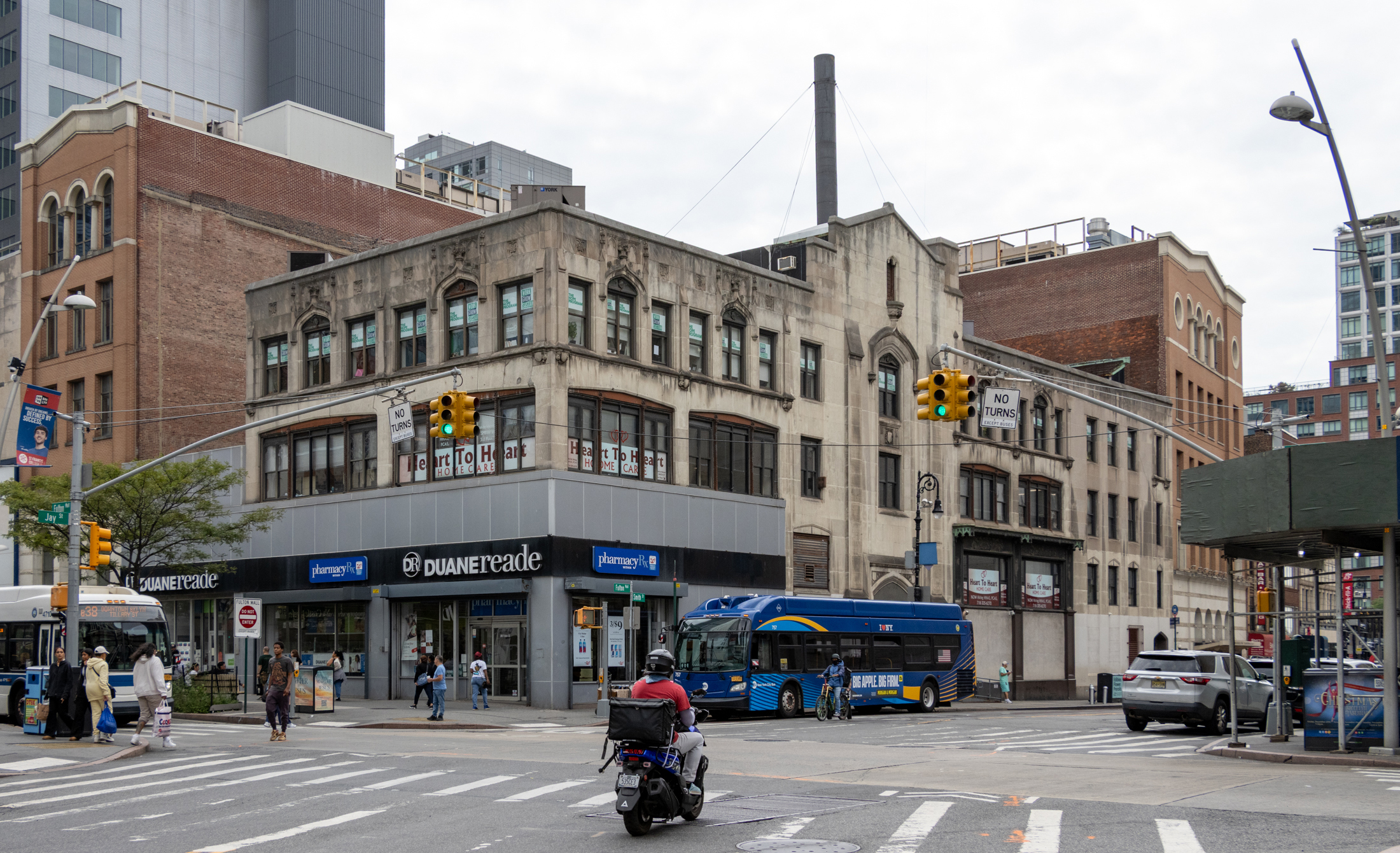Open House Picks
Boerum Hill 209 Dean Street Corcoran Saturday 1:30-3:30 $3,250,000 GMAP P*Shark Clinton Hill 32 St. James Place Brooklyn Properties Sunday 2:30 to 4:30 $2,125,000 GMAP P*Shark Park Slope 398 Bergen Street Warren Lewis Sunday 2-4 $1,750,000 GMAP P*Shark Bedford Stuyvesant 271 Madison Street Skyline Realty Saturday 2-3:30 $895,000 GMAP P*Shark

 Boerum Hill
Boerum Hill
209 Dean Street
Corcoran
Saturday 1:30-3:30
$3,250,000
GMAP P*Shark
 Clinton Hill
Clinton Hill
32 St. James Place
Brooklyn Properties
Sunday 2:30 to 4:30
$2,125,000
GMAP P*Shark
 Park Slope
Park Slope
398 Bergen Street
Warren Lewis
Sunday 2-4
$1,750,000
GMAP P*Shark
 Bedford Stuyvesant
Bedford Stuyvesant
271 Madison Street
Skyline Realty
Saturday 2-3:30
$895,000
GMAP P*Shark





3:45–don’t know which house you’re referring to. Provide listing, AND sale information once the deal is closed. Until then, reports of bidding wars are pure rumors.
yeah the fireplaces look a little crazy
What’s with the covered-iover fireplaces in he Bergen Street house? This “mod” renovation….stinks.
everyone who thinks houses in ft green and clinton hill are over priced need to know that the house on Washington park that was lambasted for 2.995M went in a bidding war over asking. just fodder for thought – people with a lot of money are not hurting like the rest of us who rent and cannot get a mortgage now- those people have cash and they are not wanting to put it into the stock market.
The only way 209 is worth it is if the Mrs., who is the ultimate definition of a MILF, dumps Mr. Smarty Pants for the chump willing to plunk down an extra million for that house.
They are leveraged to the freaking hilt on that house. They don’t sell it now, they’ll be begging in a year to walk away from it in a year without eating the debt.
bergen house is my favorite.
with all that cool shit opening on 3rd, the location can’t be beat.
plus, bergen and 5th is literally the BEST of 5th avenue.
and all those cute shops opening on bergen between flatbush and 5th look awesome.
i love the location and the house. wish i could afford it.
Here is my first page slam for the year. get your heads out from your asses!
The What
Someday this war is gonna end…
Credit-Card Pinch
Leads Consumers
To Rein In Spending
By ROBIN SIDEL, SUDEEP REDDY AND JANE J. KIM
February 8, 2008
America’s love affair with credit cards may be headed for the rocks.
Credit-card delinquencies are rising across the nation, a sign that some Americans are at the end of their rope financially. And these mounting delinquencies, in turn, have prompted banks to tighten lending standards, keeping people who have maxed out their cards from finding new sources of credit.
The result could be a sharp pullback in consumer spending that would further weaken the slowing U.S. economy.
Such a pullback may already be taking shape. Yesterday, the Federal Reserve reported an abrupt slowdown in consumers’ credit-card borrowings. In December, Americans had $944 billion in total revolving debt, most of it on credit cards, a seasonally adjusted annualized increase of 2.7%. That was off sharply from seasonally adjusted growth rates of 13.7% in November and 11.1% in October. And it reflects the volatility in consumers’ spending habits as economic growth sputters.
Sinking home prices have made it much harder to convert home equity into cash for living expenses. At the same time, plastic has pushed into every corner of American life, making new inroads that worry some economists and card issuers.
In past economic downturns, Americans used credit cards mainly for discretionary purchases, such as furniture, appliances and jewelry. Now, however, many of them regularly whip out plastic to pay for groceries, gasoline and other everyday necessities. Credit-card issuers won’t disclose exact figures, but they say it is evident that a growing percentage of card volume is for basic purchases. Many issuers even dole out extra rewards for such transactions.
Evidence is mounting that the plastic-fueled spending spree won’t last. In December, an average of 7.6% of credit-card loans were either at least 60 days delinquent or had gone into default, up from 6.4% a year earlier, according to research firm RiskMetrics Group. The analysis includes a broad swath of more than $200 billion of credit-card loans that are sold off to investors by major card issuers like Citigroup Inc., Capital One Financial Corp., American Express Co. and J.P. Morgan Chase & Co.
Card delinquencies are ticking up from historically low levels, but the trend is sending shudders through lenders already reeling from the subprime-mortgage tumult. As a result, leery card issuers are bulking up their reserves against future card-related losses — and getting so much tougher on borrowers that some consumer are reining in overall spending.
Eating Out Less
After J.P. Morgan doubled the interest rate on her credit card to around 30% and lowered her credit limit in December, Jennifer Campion, a 39-year-old computer-software instructor in Chandler, Ariz., decided to eat out less often and to forgo her daily coffee at Starbucks so she can pay off her outstanding card balances. “Our whole lifestyle has changed at this point because of this strict budget we’re on,” says Ms. Campion, who has a total of about $7,000 in credit-card debt.
Yesterday, card issuer Discover Financial Services said 49% of consumers it surveyed in January plan to reduce their discretionary spending this month. That was an increase of five percentage points from its December survey and a 10-point jump since September.
Consumers typically increase their borrowing in the early stages of an economic downturn as they try to maintain their living standards amid a weakening job market and slowing wage growth. That trend seems to be holding true to form so far.
For consumers who are in financial distress, paying for basic needs with plastic “is the easiest way out of that box,” says Bryan Derman, a partner at Glenbrook Partners LLC, a Menlo Park, Calif., consulting firm that specializes in the payments industry.
Cut in Credit Line
After American Express and Barclays PLC’s Juniper Bank cut his credit lines recently, 54-year-old Marv Hedrick, of Spring Hill, Fla., cut back on his purchases of DVDs and electronic gadgets. But Mr. Hedrick, director of finance for an auto dealership, still uses a credit card to buy groceries and gasoline. His household expenses, including his cellphone, cable and utility bills, are automatically charged to his credit card every month.
“I cannot tell you the last time I’ve written a check or used a debit card. I never carry cash on me,” says Mr. Hedrick.
Indeed, many Americans are so dependent on their credit cards for basic needs that about 25% of the clients walking into Margo Mitchell’s credit-counseling office in Tulsa, Okla., have opted to pay their monthly credit-cards bills before their mortgages. “The credit card is a means for them to supplement their income and becomes a cushion to buy groceries,” she says.
But when recessions hit, consumer borrowing typically drops off substantially as consumers, facing the mounting threat of job losses and lower household income, can no longer keep up with their card payments.
“Many Americans don’t realize the direct correlation between the need to change their behavior and their income,” said Bill Druliner, a credit counselor for GreenPath Inc. “The longer somebody maintains that lifestyle, the bigger the crash is when it finally comes down to earth.”
In the past decade, card issuers have made it easier than ever for Americans to put more of their spending on plastic, in part through juicy rewards programs. At the same time, banks persuaded more merchants to accept cards, touting data showing shoppers often spend more when paying with credit cards, rather than cash.
McDonald’s Corp. started accepting credit cards in 2003, and some utilities have started letting customers pay with plastic. Cards emblazoned with the MasterCard logo now are accepted at more than seven million merchant locations in the U.S., up from 4.3 million in 2001 and 2.9 million in 1991.
As a result, three out of four American families have credit cards. Their balances averaged $5,100 in 2004, up 16% from 2001, according to the Federal Reserve.
Debit-Card Use
Much of the card industry’s growth has come from debit cards, which aren’t included in the government’s revolving-credit data because they immediately draw funds out of purchaser’s checking account. Still, credit-card portfolios managed by card-issuing banks are growing at single-digit percentage rates each year as consumers put more small payments and everyday purchases on their cards.
This isn’t the first time changes in credit-card usage have affected consumer borrowing. In 1980, then-President Carter sought to cut back consumers’ use of credit cards, blaming them in part for the nation’s runaway inflation at the time. Consumer spending tumbled as a result.
Politicians have also turned to credit cards as a way to spur the economy. In 1991, as the economy rebounded from a recession, President George H.W. Bush, the current president’s father, tried to urge banks to lower interest rates in order to propel consumer spending.
Write to Robin Sidel at robin.sidel@wsj.com
http://online.wsj.com/article/SB12024332….
There was a house on the market on this block of Bergen in 2006 (when I was looking to buy) for around $1.5 with Brown Harris Stevens. The block is great but I remember being shocked at the price for a 3-story. So they’re now asking $200 more 2 years later? This one may have a nicer kitchen but the other one was in very good shape, as I recall.
“bergen between 4th and 5th is actually pretty awesome and right next to the pacific street stop.”
Yep, mere steps to the multi-year construction pit of AY (if it ever gets off the ground). No thanks.